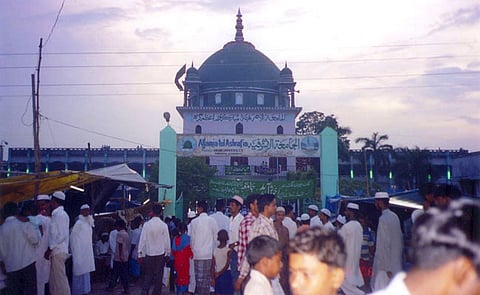The modern madrassa
The title of this new book gives the impression that its author subscribes to a reductionist understanding of the madrassas; fortunately, the contents belie this notion. As the book unravels the meaning of the word inside in a much wider sense, the title turns out to be a criticism of precisely the kinds of overly simplistic views of the madrassa that have tended to permeate the international media in recent years. Arshad Alam, an academic at the Jamia Millia Islamia in New Delhi, approaches the institution not through the lens of religion but as a site of social and educational reproduction. As a result, his account of Ashrafia, a madrassa in Mubarakpur of Uttar Pradesh, not only encapsulates the story of a school located in a Muslim-majority qasba (town) but also, as he writes, 'carries within itself various other stories; stories which are the common heritage of most ordinary Indians'.
Mapping the changes in the fortunes and functions of Ashrafia over the course of a century, Alam argues that madrassas, despite their medieval and pre-colonial roots, are 'modern' institutions. After the colonial encounter, the ulama have internalised the modern understanding of religion as something to be relegated to the private sphere. By virtue of this fact, the very notion of religion, the core concept that animates any madrassa, has gone through fundamental changes. Alam identifies several moments of departure in the history of Ashrafia – shifting the institution outside the qasba (1973-74), and constructing a separate complex for it (intermittently ongoing since 1970s); the bureaucratisation of the management and the minimisation of popular participation in the everyday activities of the madrassa (1971); the establishment of secular educational institutions (2000); and the channelling of the educational programmes of the state and central governments. In walking through these significant points of evolution, the author shows the Ashrafia madrassa to be strikingly similar to any other modern academic institution.

